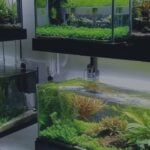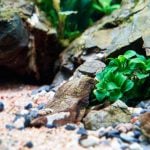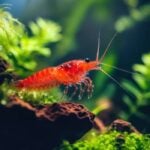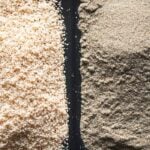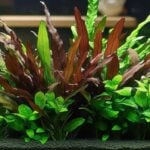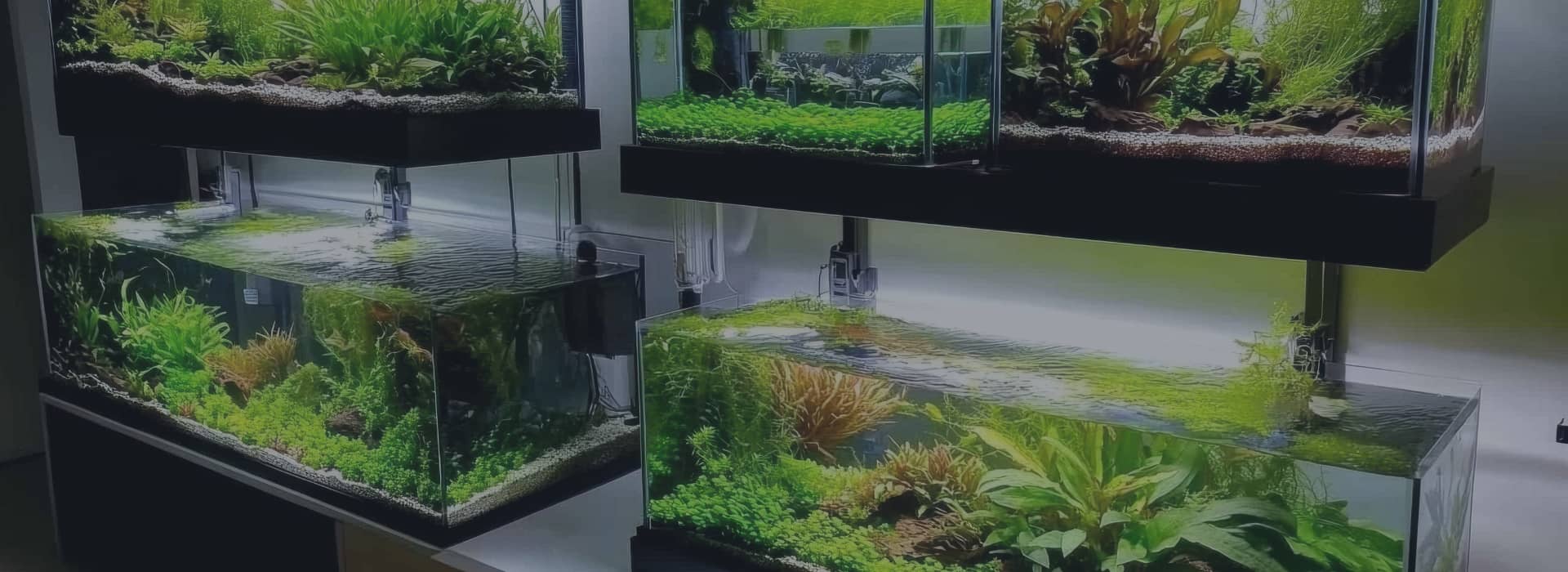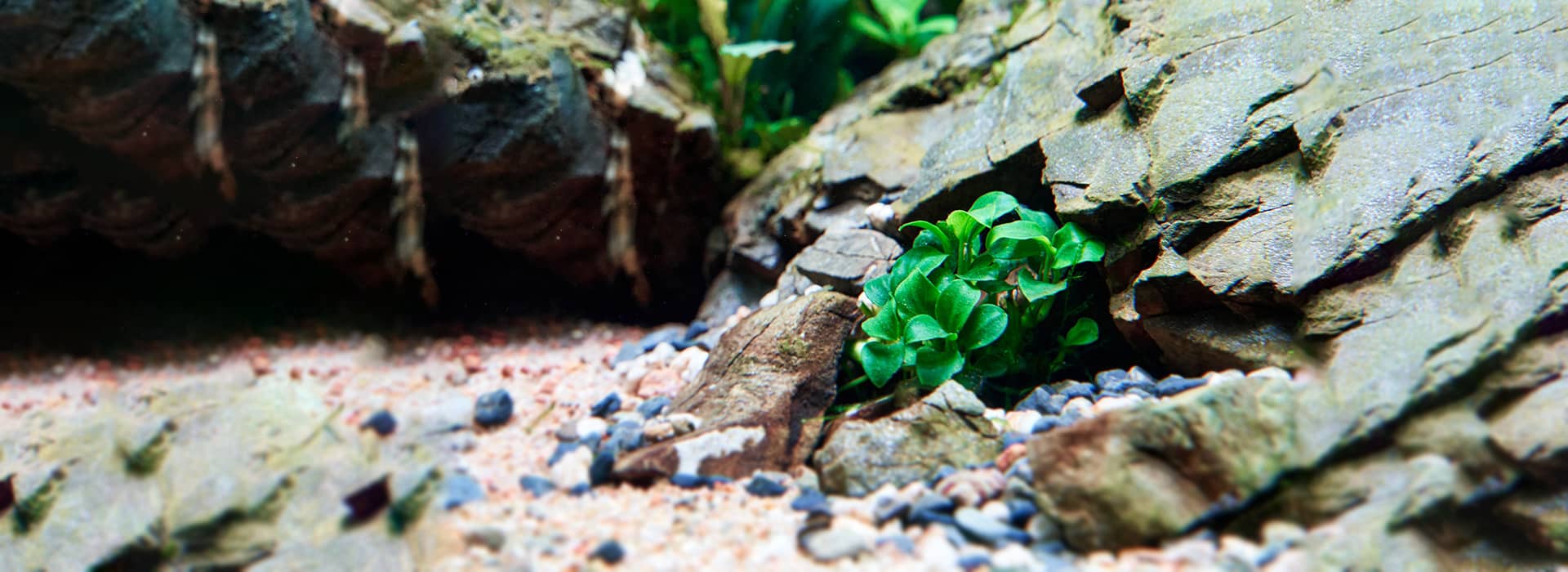When I started my planted aquarium, choosing the right substrate felt like a big decision. I spent countless hours reading forums and watching videos, trying to figure out what would be best for my plants.
After much trial and error, I discovered that sand can be an excellent choice. It not only looks great but also supports healthy plant growth. Here’s a guide based on my experiences and research to help you pick the best aquarium sand for your plants.
Why Choose Sand?
Sand is a popular choice because of its aesthetic appeal and plant-friendly properties.
Enhancing Your Aquarium with Natural-Looking Sand Substrate
Sand mimics natural underwater environments, giving your tank a more authentic and visually pleasing appearance.
Whether you’re going for a serene riverbed look or a vibrant underwater garden, sand provides a versatile backdrop that complements the vivid colors of your plants and fish.
Its fine texture also allows for smooth, undulating landscapes, enhancing the overall aesthetic appeal of your aquarium.
Plus, sand’s uniformity can highlight and contrast beautifully with the intricate details of your aquatic plants and decorations, creating a harmonious and balanced visual effect.
Benefits of Sand as a Plant Substrate in Aquariums
The fine grains of sand create an ideal environment for plant roots to anchor securely. Unlike larger substrates that can leave gaps around the roots, sand envelopes them, providing stability and encouraging robust growth.
This foundation helps plants establish themselves more quickly, leading to healthier and more vibrant growth over time.
Sand also promotes better water circulation at the base of plants, which is crucial for preventing dead spots where debris and detritus can accumulate.
Improved water flow ensures that nutrients and oxygen are evenly distributed to the roots, fostering a healthy root system and preventing root rot.
This circulation not only benefits the plants but also helps maintain overall water quality in the aquarium, creating a thriving aquatic environment.
Factors to Consider When Choosing Sand
Grain Size
The grain size of the sand can affect water flow and the health of bottom-dwelling creatures. Medium to coarse grains are generally preferred, allowing for better water circulation and easier maintenance.
Color
The color of the sand can influence the visual impact of your aquarium. Darker sands can make the colors of your plants and fish stand out, while lighter sands can create a serene and natural look.
Nutrient Content
Some sands come enriched with nutrients that can promote plant growth. These can be particularly beneficial for heavily planted tanks.
Inert vs. Active
Inert sands do not significantly alter water parameters, making them safe for most aquarium setups. On the other hand, active sands can affect water chemistry and may be better suited for advanced aquarists.
The Best Types of Aquarium Sand
Play Sand
Pros: Play sand is affordable and widely available. It is clean and has a consistent texture, making it suitable for various aquatic plants.
Cons: It can be compacted easily, which might hinder root growth and water circulation.
Pool Filter Sand
Pros: Designed for pool filters, this sand is clean and has uniform grains. It offers excellent root support and doesn’t compact easily.
Cons: Slightly more expensive than play sand but still affordable.
Black Diamond Blasting Sand
Pros: Made from coal slag, this sand is strikingly black and enhances the appearance of your plants and fish. It’s heavy and doesn’t compact easily.
Cons: It can be sharp, so it’s not ideal for bottom-dwelling fish with delicate barbels.
Specialty Plant Sands
Pros: These sands are specifically designed for planted tanks, which often contain essential nutrients and minerals that promote plant growth. Examples include ADA Aqua Soil Amazonia, Fluval Plant, and Shrimp Stratum.
Cons: These are generally more expensive than other types of sand.
Aragonite Sand
Pros: Aragonite sand helps buffer pH levels, which benefits certain plants and fish. It’s also aesthetically pleasing.
Cons: Not suitable for all plant species, particularly those that prefer neutral or slightly acidic pH levels.
Silica Sand
Pros: Silica sand is inert and doesn’t alter water chemistry. It’s fine-grained, providing excellent root support.
Cons: It can compact over time, which may require occasional stirring.
River Sand
Pros: River sand, with its natural-looking and varied grain size, provides a more realistic environment for plants and fish. It’s also often rich in minerals.
Cons: It can be difficult to find and may require thorough cleaning before use.
How to Prepare Sand for Your Aquarium
Rinse Thoroughly
Regardless of the type of sand, it’s essential to rinse it thoroughly before adding it to your tank to remove dust and impurities.
Layering
Consider layering sand with other substrates like gravel or plant-specific substrates to improve water circulation and nutrient availability.
Depth
Ensure an adequate depth (2-3 inches) to support plant roots and prevent them from becoming loose.
Maintaining Sand Substrate
Regular Stirring
Prevent compaction and promote healthy root growth by regularly stirring the sand substrate.
Vacuuming
Use a gravel vacuum to remove debris without disturbing the plants. Be gentle to avoid uprooting delicate plants.
Fertilization
Depending on the type of plants and sand used, you may need to supplement with root tabs or liquid fertilizers to provide essential nutrients.
Frequently Asked Questions
Can I mix sand with other substrates?
Yes, mixing sand with other substrates like gravel or plant-specific substrates can improve water circulation, prevent compaction, and provide additional nutrients for plants.
How do I prevent sand from compacting?
Stir the sand substrate regularly and consider mixing it with other substrates to prevent compaction. Plants with strong root systems can also help keep the sand loose.
Is sand safe for all fish?
Most fish are safe with sand substrates, but be cautious with bottom-dwelling species with delicate barbels, as some types of sand can be sharp.
How often should I clean sand in my aquarium?
Regular maintenance involves gently vacuuming the sand to remove debris. The frequency depends on the tank’s bio-load, but it is generally recommended that it be done once a week during water changes.
Can I use beach sand in my aquarium?
It’s not recommended, as it can contain pollutants, salt, and other harmful substances. Always opt for sand specifically designed for aquarium use.
Do I need to use fertilizers with sand substrates?
While some specialty plant sands contain nutrients, many types of sand are inert and may require supplementation with root tabs or liquid fertilizers to support plant growth.
Selecting the Right Substrate for a Thriving Planted Aquarium
Choosing the right sand for your planted aquarium can transform your tank into a thriving, beautiful ecosystem. The right substrate not only supports plant growth but also enhances the aesthetic appeal of your underwater world.
Understand the pros and cons of each option so you can make an informed decision that best suits your tank’s needs.
Remember that the choice of substrate is just one piece of the puzzle. Combining the right plants, fish, and maintenance practices will create a harmonious and thriving aquarium.
